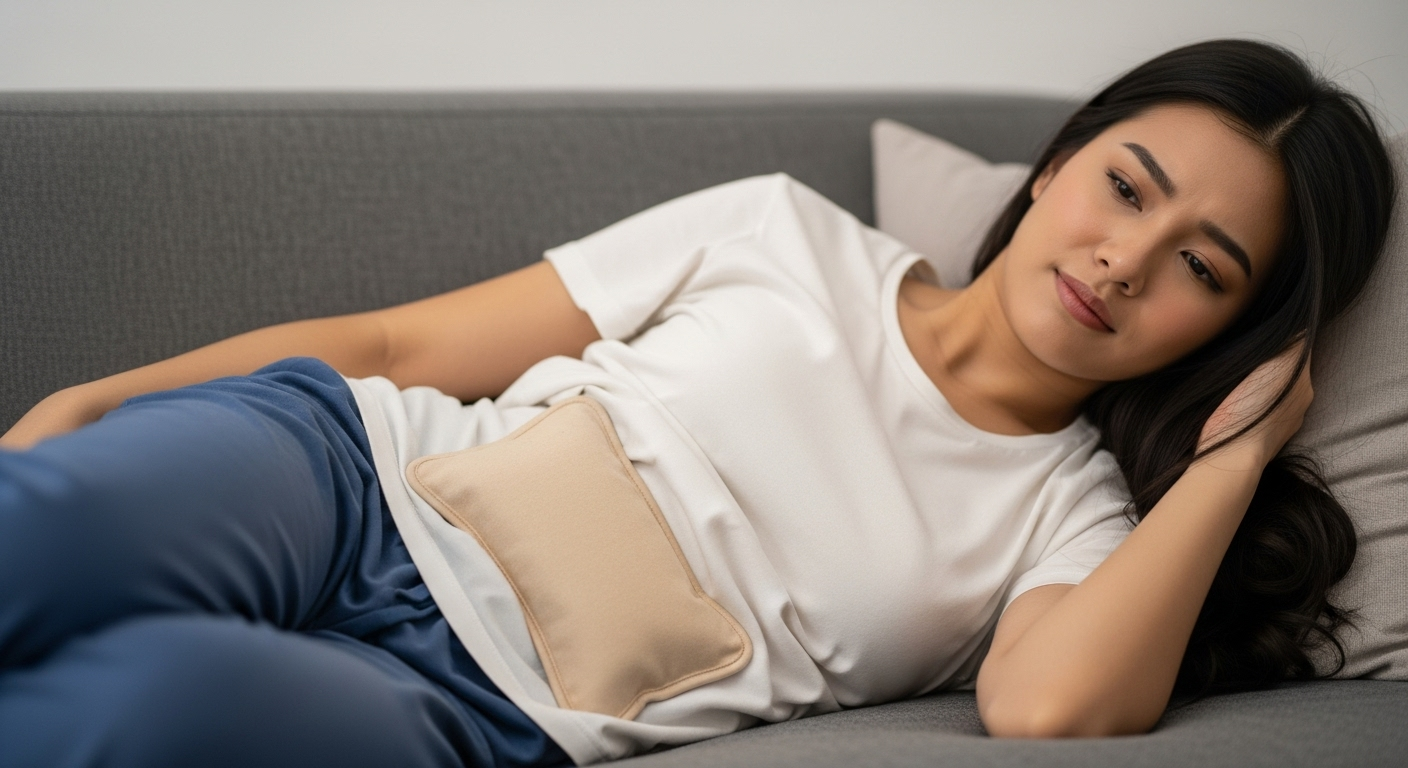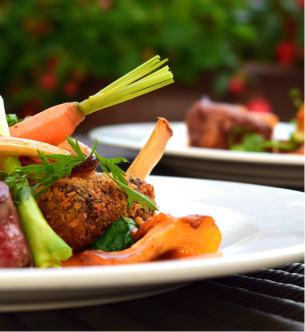The Hormonal Link: Why Women Crave Alcohol During Their Menstrual Cycle
Have you ever noticed that your desire for a drink seems to fluctuate throughout the month? If you’re a woman, this isn’t just your imagination. Emerging research suggests a fascinating and significant connection between a woman’s menstrual cycle and her alcohol cravings, shedding light on why some women might find themselves reaching for a drink more often during specific phases of their cycle.
Unveiling the Cyclical Craving: A Recent Study
A groundbreaking study has provided compelling evidence that women’s alcohol cravings are indeed intimately linked to their menstrual cycles. Specifically, the research indicates that the urge to consume alcohol becomes significantly stronger in the late follicular phase, which is the period just before ovulation.
To explore this connection, a research team recruited a group of women between the ages of 21 and 35 who reported consuming alcohol at least twice a week. Participants were asked to daily log their alcohol intake and cravings. To gain a deeper understanding of the biological mechanisms at play, daily saliva samples were collected to monitor hormone levels, and urine samples were taken to track ovulation.
The findings were striking: women in the late follicular phase reported a marked increase in alcohol cravings, which also correlated with a higher likelihood of binge drinking. This suggests that the natural hormonal shifts throughout the menstrual cycle play a direct role in influencing a woman’s desire for alcohol.
The Hormones at Play: Estradiol and Progesterone
The study delved into the specific hormonal fluctuations responsible for these heightened cravings. It found a strong correlation between increased alcohol craving and consumption when estradiol levels were high and progesterone levels were low. Conversely, higher levels of progesterone appeared to reduce this risk.
So, what’s happening internally? Estradiol, which is the most potent form of estrogen, has a direct impact on dopamine activity in the brain. Dopamine is a neurotransmitter crucial for the brain’s reward system. When estradiol levels are high, it can enhance "reward sensitivity," making the brain more responsive to pleasurable stimuli – including alcohol. This increased reward sensitivity is a core mechanism driving alcohol craving and consumption.
What This Means for Women
Understanding this hormonal link can be incredibly empowering. For women, recognizing that their desire for alcohol might be influenced by their menstrual cycle offers a new perspective on managing their drinking habits.
- Awareness is Key: Knowing that certain phases of your cycle might make you more susceptible to cravings allows for proactive planning and preventive measures. For instance, you might choose to be more mindful of your alcohol intake during your late follicular phase.
- Potential for Targeted Support: The research also opens doors for new approaches to treatment for alcohol use disorder. The possibility that hormonal stabilizers could help alleviate alcohol cravings in women is a promising avenue for future therapeutic interventions.
It’s important to note that while these findings are highly significant and were presented at a recent scientific conference, they are considered preliminary until fully published in an academic journal. However, this research marks a crucial step forward in understanding the complex interplay between female physiology and alcohol consumption, paving the way for more tailored and effective support for women.
By recognizing the body’s natural rhythms and their influence on our behaviors, we can better equip ourselves with the knowledge needed to make informed choices about our health and well-being.




